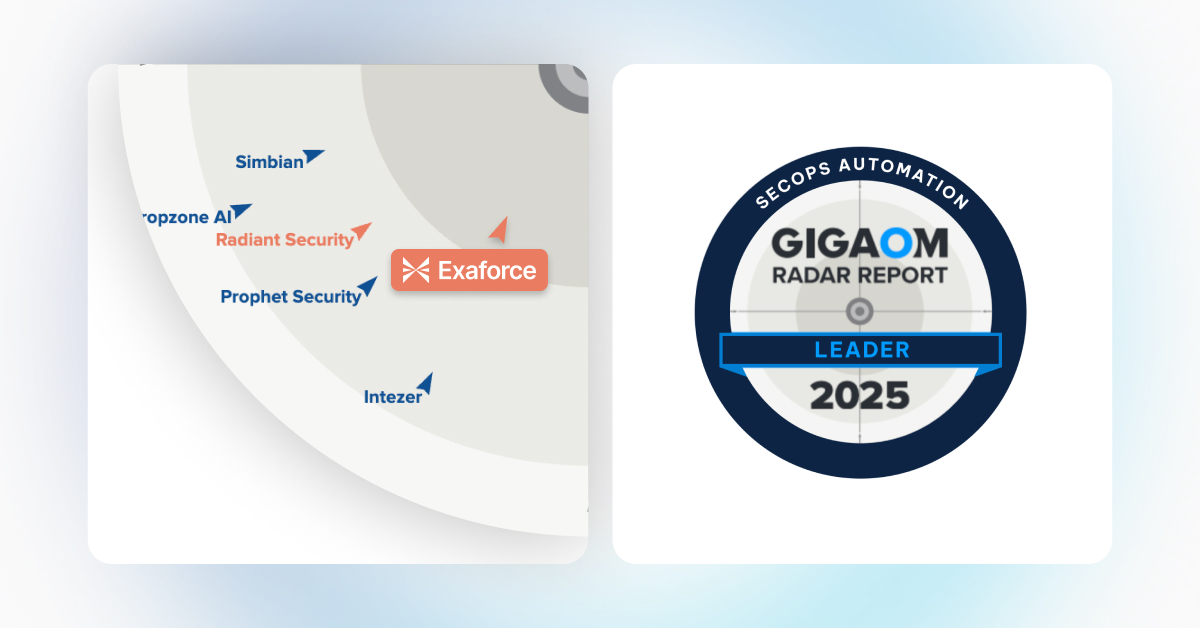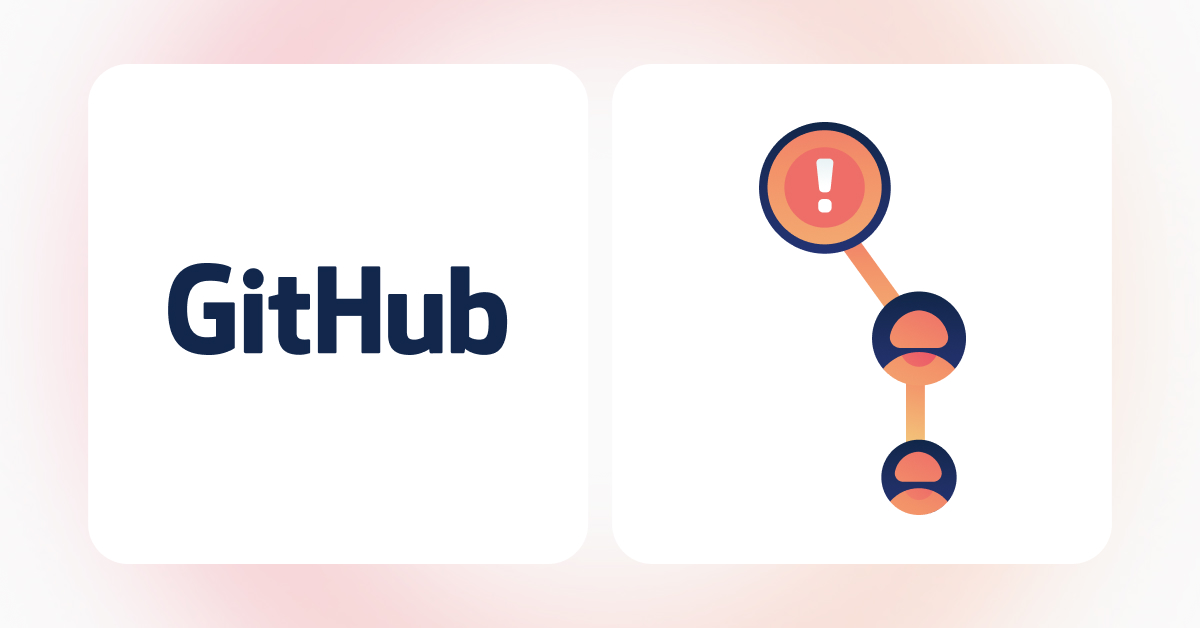Anthropic’s Threat Intelligence Report: August 2025 documents a significant evolution in offensive automation. The report observes that “frontier models are now participating directly in cyber operations” and details how “autonomous or semi-autonomous agents” performed reconnaissance, lateral movement, and exfiltration without human supervision. In one case, an AI system not only identified data to steal but also generated the ransom note itself.
These findings demonstrate that AI-driven adversaries now operate at a speed and scale that exceed human response times. An AI SOC must therefore act as a continuously learning and adaptive control plane for security operations, integrating model-assisted analysis, correlation, and automated containment into the workflow.
Detecting AI-driven attacks before they scale
The “vibe hacking” example in Anthropic’s report shows a system automating each phase of an intrusion, from reconnaissance to extortion, across multiple organizations. Defending against such automation requires continuous monitoring across identity, SaaS control planes, source repositories, and endpoint telemetry. Effective AI SOC architectures prioritize event normalization, ensuring that every authentication, API invocation, and privilege change can be modeled for anomalous behavior, despite the immense and increasing volume of events.
Detection engines combine behavioral analytics with language-based context understanding. Instead of relying on static indicators, they correlate multiple weak signals that are alluded to in the report: abnormal OAuth grants, token generation frequency, or concurrent credential usage across geographies. These detections are continuously retrained against evolving activity baselines and linked to kill-chain stage classification for prioritization.
Triage that operates at machine speed
Anthropic notes that “AI systems lower the barrier to entry for complex attacks.” This increase in operational noise requires a triage layer that is both deterministic and explainable. Automated pipelines apply rule-based scoring to known-good and known-bad activity patterns, while model-assisted components summarize event clusters and propose escalation thresholds.
This structured approach eliminates reliance on analyst intuition for first-level review. Alerts escalate only when correlated with multi-domain evidence, such as privilege escalation followed by unusual data access or command execution sequences. The triage system integrates signals from unconventional domains like developer environments, access governance logs, and code collaboration tools, recognizing that many AI-driven intrusions originate from trusted user contexts.
Investigating with data correlation and model-assisted reasoning
As Anthropic points out, “AI agents blur the boundary between attacker and tool.” Effective investigation requires the SOC to reconstruct these agentic behaviors across systems. Automated graph correlation joins identity activity, process execution, and network flows into a single event timeline. This provides analysts with a consistent narrative of attacker intent without manual data stitching.
Natural language models assist by summarizing findings and suggesting investigation pivots, but every inferred conclusion maps to auditable evidence for verification.
Responding with controlled automation and traceable actions
Anthropic concludes that “threat actors are experimenting with scaling their AI agents across multiple simultaneous operations.” The defensive counterpart is precise automation with human approval checkpoints. Automated response routines revoke credentials, quarantine compromised hosts, and restrict access for identities exhibiting suspicious behaviors. These actions are executed under strict policy guardrails and logged for audit reproducibility.
Each containment action is immediately reflected in a structured format tied to the threat finding, ensuring downstream legal and compliance reviews can proceed without disrupting the SOC’s operational tempo.
Real-world examples and how Exaforce counters AI-powered attacks
Case study 1: AI-assisted extortion
Anthropic describes an operator using an autonomous coding agent to find exposed VPNs, harvest credentials, exfiltrate HR and finance data, and draft tailored ransom notes. An AI SOC correlates the precursors into a single, automatically investigated narrative: spikes in VPN auth anomalies, post-login privilege changes, unusual data queries, and synchronized credential use.
Exaforce starts where those signals surface at the identity posture and SaaS control planes. We continuously inventory human, service, and AI identities; link risky role changes, odd logins, and permission escalations with cross-app visibility in Google Workspace, Azure, GitHub, and more; and tie abnormal repo or file access to privilege change events. When the narrative is clear, we execute fast, policy-guarded actions such as resetting MFA and rotating secrets so response matches attacker speed.
Case study 2: AI-enabled insider infiltration
The report also shows sanctioned actors using AI to build fake developer personas, pass interviews, and access code for exfiltration. An AI SOC baselines device fingerprints, geo patterns, and repo-access velocity to catch drift that signals synthetic or shared identities. Automated controls then lock anomalous accounts and trigger security workflows before production access is abused.
Remote-worker fraud follows the same pattern. Because operators rely on AI for day-to-day work, the best indicators live in collaboration and code systems. Exaforce’s insider coverage uses agentic AI to learn peer groups and business context, suppress routine developer noise that confuses legacy UEBA, elevate multi-step insider activity, and, with analyst approval, revoke tokens and rotate keys. Blending SaaS telemetry with identity context surfaces synthetic employees without flooding teams.
In practice, Exaforce gives analysts one cross-IdP, SaaS, and repo narrative, fewer false positives, and a response loop already wired into your controls. This posture matches the agentic threat profile Anthropic describes.
Operational outcomes
An AI SOC built on these principles transforms the defensive workflow from reactive to adaptive. Detection pipelines continuously retrain on recent telemetry, triage decisions remain reproducible and explainable, investigations generate evidence-linked narratives, and response actions are executed with traceable automation. This architecture achieves what Anthropic’s report implicitly calls for: defenders capable of operating at the same computational scale and velocity as the threats they face.































